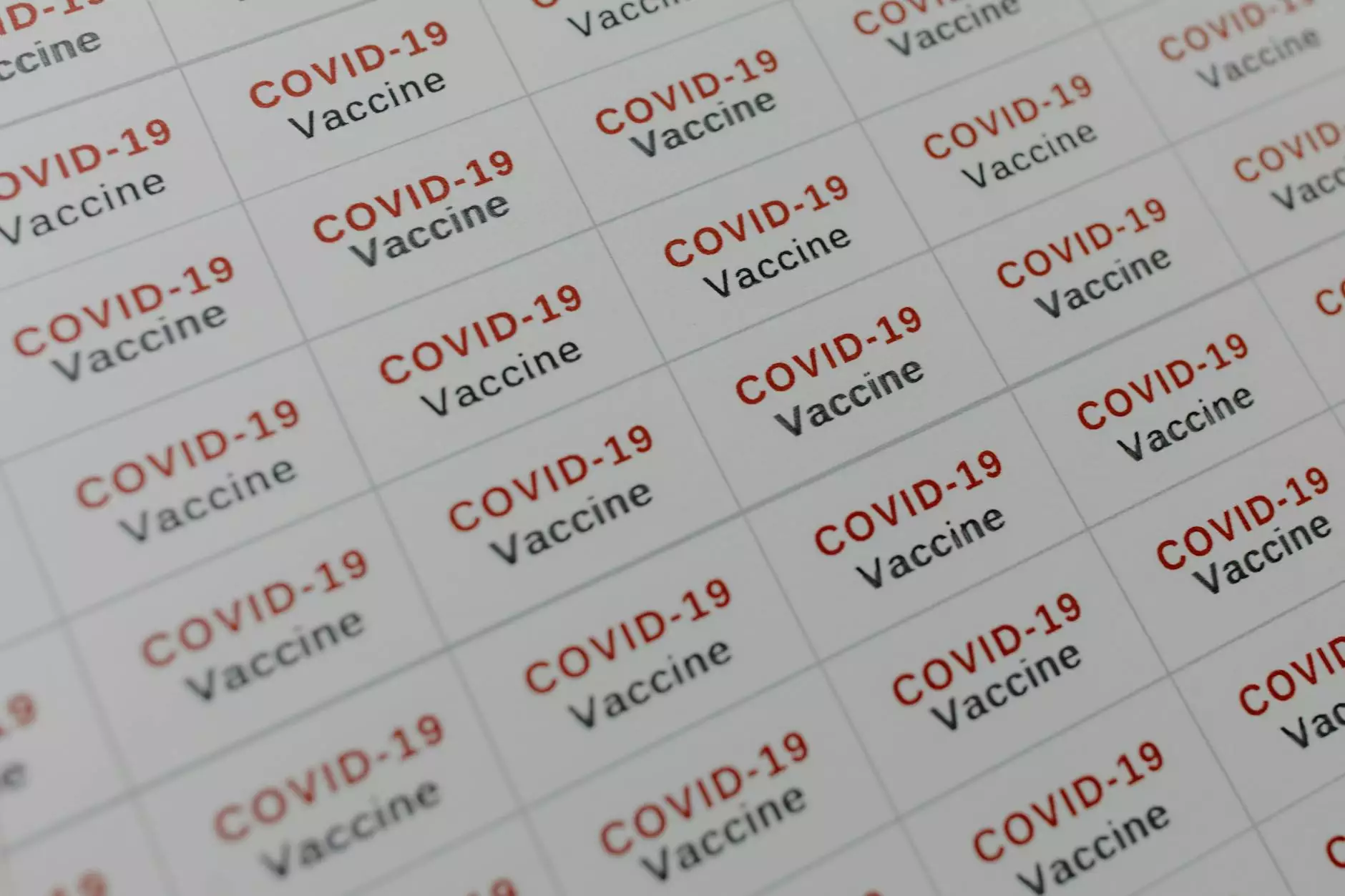Understanding Brown Skin on Toe: Causes, Treatments, and Prevention

Brown skin on the toe is a condition that many people may not pay attention to at first. However, understanding its causes, implications, and treatment options is essential for maintaining healthy feet and overall well-being. In this article, we will explore the various factors that contribute to this condition, while providing insights into effective treatments and prevention strategies. Our goal is to inform you thoroughly about this condition, enhancing your knowledge and possibly guiding you to consult healthcare professionals for further assistance.
What is Brown Skin on Toe?
The term “brown skin on toe” refers to discoloration that may appear on the skin of the toes. This discoloration can be uniform or patchy and can occur due to a variety of reasons, ranging from benign to serious medical conditions. It is crucial to differentiate between harmless pigmentation changes and symptoms that may indicate underlying health issues.
Common Causes of Brown Skin on Toe
Understanding the underlying causes of brown skin on the toe can help in identifying the best course of action. Here are some common causes:
- Hyperpigmentation: This occurs when excess melanin accumulates in the skin. Factors contributing to hyperpigmentation include sun exposure, hormonal changes, and certain medications.
- Fungal Infections: Conditions such as athlete's foot can lead to skin discoloration. The affected areas may become brown or yellowish, accompanied by scaling and itchiness.
- Vascular Issues: Poor circulation or venous stasis can cause skin discoloration, especially in the extremities. Brownish discoloration may indicate venous insufficiency, where blood does not flow appropriately.
- Trauma or Injury: Previous injuries or trauma to the toe can lead to post-inflammatory hyperpigmentation, where the skin darkens as it heals.
- Skin Conditions: Conditions such as eczema, psoriasis, or lichen planus can lead to discoloration. These skin disorders are often chronic and may require long-term management.
When to Seek Medical Attention
If you notice brown skin on your toe, it is critical to monitor any accompanying symptoms. Seek medical attention if you experience:
- Significant changes in the color or texture of your skin
- Swelling, pain, or tenderness in the affected area
- Presence of blisters or sores that do not heal
- Fever or systemic symptoms indicating infection
- Changes in nail color or texture
In such cases, a consultation with a professional—such as a doctor specializing in vascular medicine—can lead to a proper diagnosis and treatment plan.
Diagnostic Procedures for Brown Skin on Toe
When you visit a healthcare provider regarding brown skin on your toe, the following diagnostic procedures may be conducted:
- Physical Examination: The doctor will examine your toe and assess the overall condition of your feet.
- Medical History Review: Understanding your medical history can help identify conditions that may contribute to skin changes.
- Lab Tests: Blood tests or skin biopsies may be performed to analyze for underlying conditions.
- Imaging Studies: In some cases, ultrasound or MRI may be used to reveal circulatory or structural problems.
Treatment Options for Brown Skin on Toe
Treatment for brown skin on the toe varies significantly, depending on the root cause. Here’s an overview of common treatment options:
1. Topical Treatments
In cases of hyperpigmentation or minor skin conditions, topical treatments can be effective:
- Skin Lightening Creams: These creams often contain ingredients like hydroquinone or azelaic acid that can help reduce pigmentation over time.
- Antifungal Creams: For fungal infections, specific antifungal medications can eradicate the infection and reduce discoloration.
- Moisturizers: Keeping the skin hydrated can promote healing and prevent dryness-related discoloration.
2. Medical Interventions
If the discoloration is due to more serious conditions, the doctor may recommend:
- Medication: For underlying conditions such as venous insufficiency, medications may be prescribed to improve circulation.
- Laser Therapy: In certain cases of persistent pigmentation, laser treatments may effectively target and reduce discoloration.
- Other Procedures: Depending on the diagnosis, various procedures, such as sclerotherapy for varicose veins, may be recommended.
Preventing Brown Skin on Toe
Prevention is always better than cure. Here are several strategies to minimize the risk of developing brown skin on your toes:
- Sun Protection: Wearing sunscreen on your feet during prolonged sun exposure can prevent hyperpigmentation.
- Foot Hygiene: Maintain proper foot hygiene by washing and drying your feet regularly.
- Moisturize: Use moisturizers to prevent cracking and irritation, which can lead to further skin changes.
- Wear Appropriate Footwear: Ensure your shoes fit well to avoid friction and trauma to the skin on your toes.
- Regular Check-ups: Schedule routine appointments with a healthcare provider for early detection of any potential issues.
Conclusion
Understanding the implications of brown skin on toe is vital for your health. By knowing the causes, recognizing when to seek medical attention, and exploring available treatment and prevention strategies, you can take important steps toward managing your foot health effectively. Always remember that your feet carry you through life, and they deserve the utmost care. For personalized advice and treatment options, consider consulting specialized professionals, such as the experts at Truffles Vein Specialists, who can provide you with the guidance you need.









